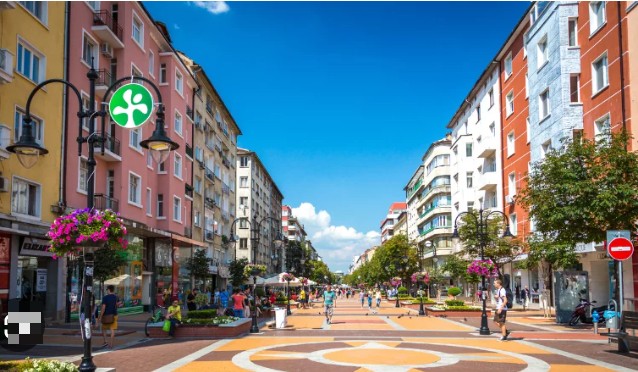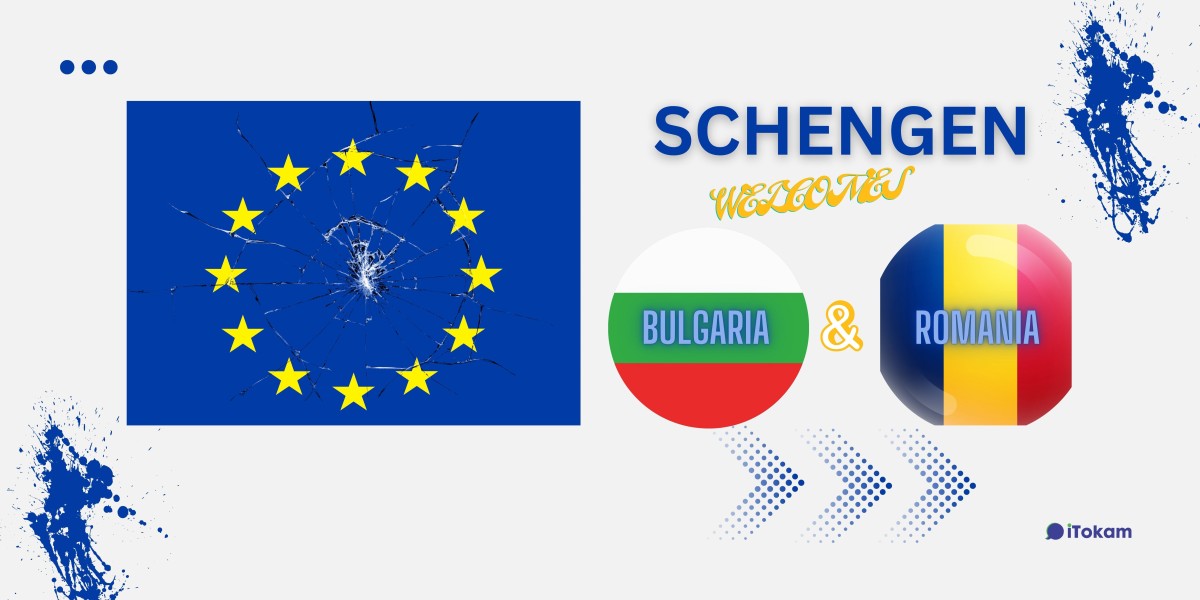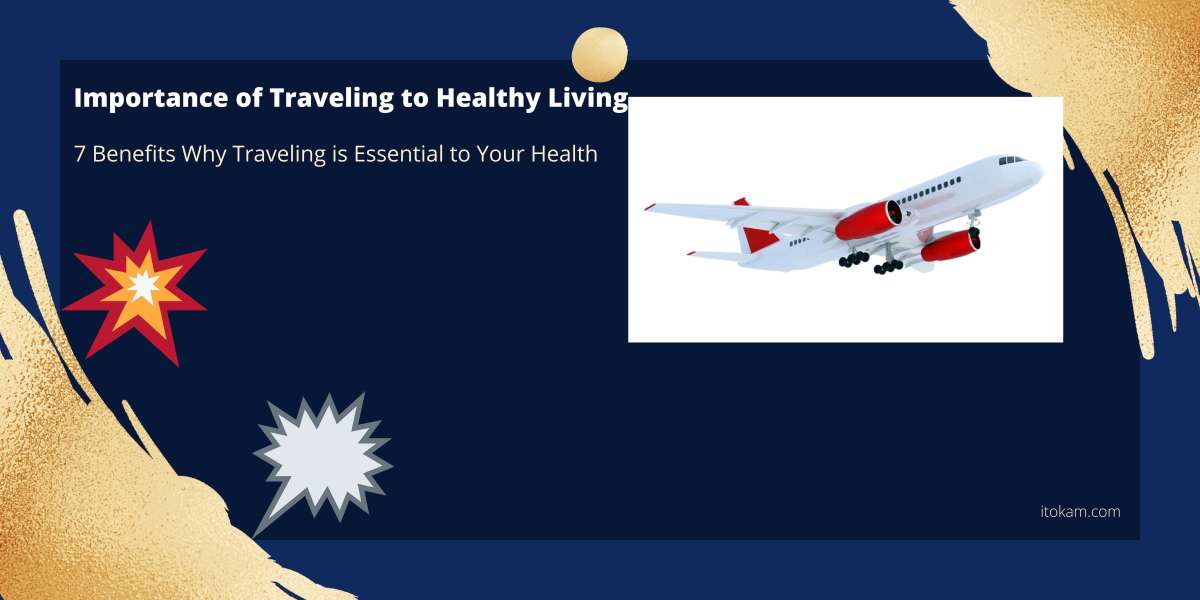The Schengen Area is the continent's crowning achievement. In its current form, the Euro Zone is a borderless customs union consisting of 27 countries that facilitates hassle-free international travel throughout much of the bloc.
What is the Schengen Region?
The Schengen Area is a zone comprising 26 European countries that have abolished passports and other types of border control at their internal borders. This means that travelers can move freely within the Schengen Area without the need for passport checks when crossing between member countries.
The Schengen Area was established through the Schengen Agreement, signed in 1985 in the village of Schengen in Luxembourg. The main objective of the agreement was to facilitate the movement of people within Europe and to promote closer cooperation among member countries.
Not all European Union (EU) member countries are part of the Schengen Area, and there are some non-EU countries that participate in the agreement. Conversely, some EU countries have opted not to join the Schengen Area and maintain border controls at their internal borders.

It's important to note that while the Schengen Area allows for free movement within its borders, it also requires strict external border controls. This means that member countries cooperate to maintain the security of the external borders and to regulate the entry of non-Schengen citizens into the zone. Once someone is inside the Schengen Area, they can travel between member countries without further passport checks. However, visitors are subject to immigration controls upon their initial entry into the Schengen Area.
Countries that make up the Schengen Zone include the following:
Please note that not all European Union (EU) member countries are part of the Schengen Area, and there are some non-EU countries that participate in the agreement. Conversely, some EU countries have opted not to join the Schengen Area and maintain border controls at their internal borders.
Also Read: 10 Best Countries for Nigerians to Migrate
As of the last update earlier in the year with Croatia's entrance, the countries that make up the Schengen Area are as follows:
Austria
Belgium
Croatia
Czech Republic
Denmark
Estonia
Finland
France
Germany
Greece
Hungary
Iceland
Italy
Latvia
Liechtenstein
Lithuania
Luxemburg
Malta
Netherlands
Norway
Poland
Portugal
Slovakia
Slovenia
Spain
Sweden
Switzerland.
The Balkan nation of Croatia joined Schengen sometime this year, and the bloc is expected to continue growing in the foreseeable future as members work to eliminate residual border controls and strengthen internal collaboration.

By the beginning of 2024, two additional countries are expected to join the Schengen area, which will have an effect on all non-Schengen member tourists and other classes of travelers, but especially digital nomads, who plan to visit Europe. Do you want to know the reason? Here it is:
The Schengen Zone Soon to Welcome Bulgaria and Romania
Bulgaria and Romania, both members of the European Union (EU), have met all the requirements to become full Schengen members by the end of 2023, as stated in a recent statement released by the European Parliament.
Despite joining the EU in 2007, the Balkan nations are still not part of Schengen due to unresolved challenges with transnational crime, illicit migrant routes, and security.

With Bulgaria neighboring Middle Eastern Turkey and Romania having physical boundaries with non-EU countries of Moldova and Ukraine, there has always been some resistance to approving their Schengen integration quest, as the Eastern Balkans guard the EU's frontiers to the East.
Also Read: 8 Health Benefits of Traveling
It is evident that people are free to move around across Schengen nations without any restrictions because there are no barriers to entry between them.
Security Issues are Seriously Tackled
Conservative lawmakers in the Euro Zone are worried that this would threaten Europe's internal security because of Bulgaria and Romania's position as an appealing stopovers for irregular migrants and vulnerable populations crossing from Turkey and other poor European countries.
Bulgarian and Romanian citizens have traditionally been required to provide a passport while leaving their country, despite the fact that they are both full members of the EU and have the right to travel freely throughout the bloc.

Nevertheless, all EU members will eventually join Schengen at some point, and the Eastern Balkans, which have been kept in the cold for more than a decade, may soon be joining the border-free club after safety safeguards and anti-corruption systems were implemented.
Prospects for Schengen Membership by 2023's End
The European Parliament has declared that Bulgaria and Romania should be in Schengen' by the end of 2023, and there is growing pressure on Austria to abandon its veto of both nations' bids after it initially blocked them while approving Croatia's.
Hopeful states need the consent of all Schengen nations in order to join, and Austria's refusal last year was the last obstacle standing in their way.
The European Commission claims that keeping these nations out of Schengen causes needless delays, "bureaucratic difficulties, and additional costs."
They also noted that border wait times from Bulgaria and Romania to the rest of the EU can take several hours, but intra-Schengen travelers typically just have to wait ten minutes.
When Bulgaria and Romania integrate into Schengen, which is expected to happen in late 2023 or early 2024 at the earliest. This development will mean a lot to other foreign nationals like Americans because seeming travel roadblocks among member states will be eliminated.
For Travelers Outside the Eurozone, What Does This Mean?
To begin, Nigerians and other Non-European member states like the UK, U.S., etc., citizens should be aware that they are only allowed to stay in the Schengen Area for a total of 90 days in any 180 days. Currently, 27 nations make up the Schengen Area.
If a person enters the bloc on March 2 and stays until midnight on June 2, they will have been in the bloc for a total of 90 days. When their time in Schengen is complete, they'll have to leave the area and won't be able to return for another 90 days.
They also have the option of breaking up their time in Schengen over the course of 180 days.
The official Schengen calculator can be used to get an exact number, but if they entered on March 1 and stayed until June 31, they would have an additional 60 days to travel across Schengen until August 31.
despite the fact that these are two separate nations, neither can be visited for more than 90 days in any one six-month period. If you spend 30 days in Spain, 25 days in Estonia, 11 days in Greece, 13 days in Germany, and 11 days in Liechtenstein, you will have spent your 90 days and be required to leave the Euro Zone.
However, due to the fact that neither Bulgaria nor Romania is now a member of the Schengen border-free agreement, UK travelers are allowed a total of 90 days in each country as tourists, regardless of how long they have spent in Schengen.
You can stay in Schengen for up to 90 days, then go on to Bulgaria or Romania and stay there for up to three months without violating any immigration laws. Prior to its Schengen entry in January of this year, Croatia was subject to the same regulation.
Also Read: How to Find Cheap Flight Ticket: A Comprehensive Guide
But once both countries achieve their Schengen aim, that option will be off the table.
Why, Does This Imply Less Time Spent in Europe for Extended Trips?
Immediately Bulgaria and Romania become full members of the Schengen Area, they will no longer be allowed to serve as 'wait zones' for other Non-Schengen Zone nationals seeking to lawfully extend their time in Europe. This is especially true for digital nomads (individuals who leverage technology to work remotely and have the flexibility to travel and live in different locations. They typically use laptops, smartphones, and other digital tools to perform their jobs, enabling them to be location-independent and work from anywhere with an internet connection.)
One of the most popular tricks for staying in Europe indefinitely without running afoul of the border patrol or having to submit paperwork for a cumbersome residency visa is to split one's time between Schengen and non-Schengen countries.
By splitting their time between the Schengen Area for three months and another European country for the same amount of time, people can practically live in Europe indefinitely.
Because of their proximity to the Schengen Area, low living costs (both countries are not yet members of the Eurozone), and rich cultural offerings, Bulgaria and Romania are two of the most popular non-Schengen destinations for digital nomads.
surprisingly, the little mountain city of Bansko in Bulgaria today has the highest concentration of co-working spaces in the world, making it the site of one of the major digital nomad events in the continent.
Nomadic and tourist Non-EU nationals will be subject to Schengen's entry and short-stay rules once Bulgaria and its northern neighbor- Romania join the organization.




